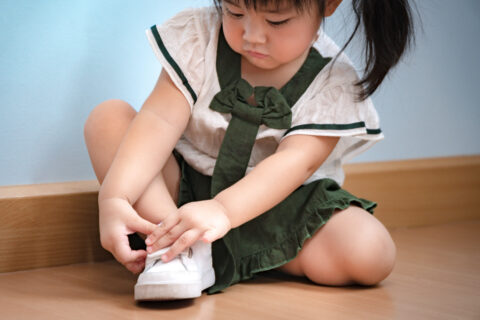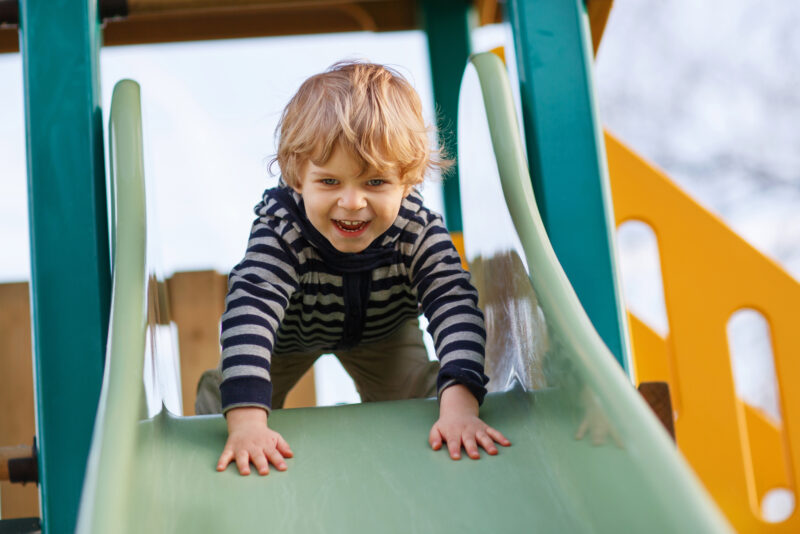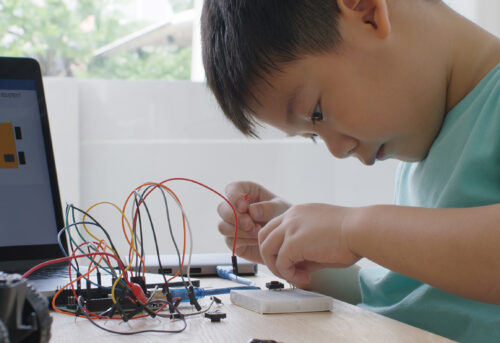Children seek independence as soon as they can move. Watch a child crawl to get a toy or a baby reach for their mother’s finger and you are seeing those first steps on the road to independence.
Getting what you want or need is a strong motivator to do it yourself. Our role as parents is to make sure children succeed, because if they reach for a toy and hurt themselves by falling the first time, they may be reluctant to try next time. The child who experiences success will be more motivated to try again.
The sense of security given by parents is the building block for a child’s independence skills. For instance, if you teach children to soothe themselves from babyhood, they are more likely to develop ways of doing it for themselves. When children need their parents to go back to sleep, they are likely to develop dependency on you for other things too.
During the first year of life babies are totally dependent on you and you will become a fluent interpreter of their needs. But as children learn to move independently, their enthusiasm to become independent grows daily.
But they still need encouragement. Parents need to reassure timid children, whilst encouraging patience in impulsive, confident children who want to take over the world now!
Nature v nurture
Why do parents often find one child is confident in their ability to do things independently, whilst a sibling is timid? Genetics have a lot to answer for. If you compare your confidence level with that of your partner and other family members, you will get some idea of the role genetics can play.
Some parents find it difficult to let their ‘baby’ grow up, particularly if they are the youngest in the family. Middle children are generally more independent than firstborns because parents tend to have less time, and also middle children watch siblings doing things for themselves and copy. But when it comes to pushing for independence, each child is different because personality determines how they respond.
Safety first
A key task for parents is to encourage independence while keeping children safe. Two-year-olds may want to cross the road on their own but it’s simply not safe for them to do so!
You can help children to learn how to make the right decisions by using self-talk (thinking aloud) so they can hear your thinking process). Follow this up by asking your child to participate in the decision: ‘Should I cross the road here where it is really busy, or walk up to the crossing?’
Young children have little understanding of danger so you do need to be vigilant about safety as they struggle for independence. If they do hurt themselves, reassure and use self-talk to help them make better decisions next time: ‘Jenny can climb the bookcase, but will she hurt herself? What do you think Jenny?’
Encourage children to make independent decisions using safe alternatives: ‘ Shall we walk on that nice wide pavement, or shall we walk across the grass?’ Try to make sure that even very young children have ‘jobs’ to do each day so they become confident about their ability to do things. You might suggest your child folds the towels or carries unbreakable things to the table.
Resist the understandable temptation to ‘baby’ your youngest child. The need to be independent is as natural to children as breathing. If you don’t encourage children, you will suffer their increased frustration when you try to do things for them!












